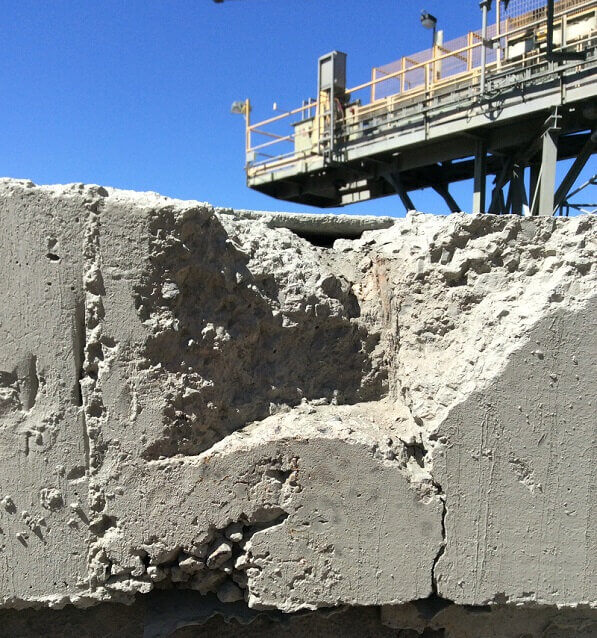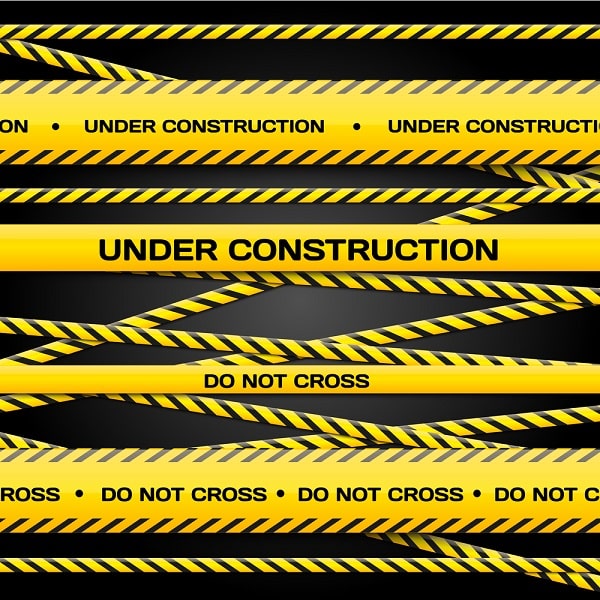Introduction
Concrete is a fundamental material extensively used in the mining industry for constructing various structures such as mine shafts, tunnels, foundations, and retaining walls. However, despite its versatility and durability, concrete can still fail if not designed, mixed, placed, or cured properly.
Understanding the potential causes of concrete failure and implementing preventive measures is crucial to ensure the longevity and safety of mining infrastructure.
In this article, we will explore five common ways concrete can fail in mining projects and discuss strategies to avoid them.
1. Insufficient Strength:
Concrete strength is a critical factor in mining structures, as they are subjected to heavy loads, vibrations, and harsh environmental conditions. Insufficient strength can lead to structural collapse or deformation.
To avoid this:
- Use high-quality aggregates and cement with proper mix proportions.
- Follow recommended curing methods to allow sufficient hydration and strength development.
- Conduct comprehensive compressive strength tests to verify that the concrete meets the required strength specifications.
2. Cracking
Cracking is a prevalent issue in concrete structures, which can compromise their integrity and durability. The primary causes of cracking in mining-related concrete structures include:
- Excessive water content: Maintain a proper water-to-cement ratio to prevent excess shrinkage and cracking.
- Improper curing: Implement appropriate curing techniques, such as moist curing or curing compounds, to minimize moisture loss and promote adequate hydration.
- Temperature differentials: Use temperature control measures during concrete placement and curing to prevent thermal stress-induced cracking.
- Reinforcement congestion: Ensure proper spacing and alignment of reinforcement bars to avoid cracking due to inadequate cover or localized stress concentration.
3. Corrosion of Reinforcement
The mining environment often exposes concrete structures to aggressive substances like water with high mineral content or chemicals that can corrode reinforcement. Corrosion weakens the structural integrity and can lead to premature failure.
To mitigate corrosion-related issues:
- Employ suitable concrete mix designs and admixtures with corrosion inhibitors to protect the reinforcement.
- Provide adequate concrete cover to protect the reinforcement from corrosive agents.
- Implement cathodic protection systems for critical structures exposed to corrosive conditions.
- Regularly inspect and maintain the concrete structures to identify and address any signs of corrosion promptly.
4. Alkali-Aggregate Reaction (AAR)
AAR, commonly known as concrete expansion or “concrete cancer,” occurs when reactive minerals in aggregates chemically react with alkalis in cement, resulting in volume expansion and cracking.
To prevent AAR:
- Conduct thorough aggregate testing to identify reactive materials before selecting aggregates for concrete production.
- Use low-alkali cement or supplementary cementitious materials (SCMs) to reduce the overall alkali content in the concrete mixture.
- Employ appropriate preventive measures such as using pozzolanic admixtures or mineral admixtures to mitigate the expansion potential.
5. Poor Construction Practices
Improper construction practices can undermine the quality and longevity of concrete structures in mining projects.
Some key practices to avoid are:
- Inadequate compaction: Ensure proper compaction during concrete placement to eliminate voids and enhance durability.
- Inconsistent mixing and batching: Follow standardized mixing and batching procedures to achieve consistent concrete quality.
- Insufficient curing: Implement the appropriate curing methods and duration to prevent premature drying or surface damage.
- Lack of quality control: Maintain a robust quality control program, including regular testing and inspections, to identify and address any potential issues during construction.
Conclusion:
Preventing concrete failure in mining industry projects is essential for ensuring the longevity, safety, and functionality of structures.
By understanding the potential causes of failure and implementing appropriate measures, structural engineers can minimise the risk of issues such as insufficient strength, cracking, corrosion, alkali-aggregate reactions, and poor construction practices
Adhering to proper design, material selection, construction techniques, and ongoing maintenance will contribute to the successful implementation of concrete structures in the mining industry, ultimately supporting the sustainable development of mining operations.
Need a Concrete Design?
Are you in need of expert concrete design and inspection services for your mining industry projects?
Our team of skilled structural engineers is here to assist you. We specialise in providing comprehensive solutions to tackle concrete challenges and ensure the longevity and safety of your mining infrastructure.
Contact us today to discuss your project requirements!

